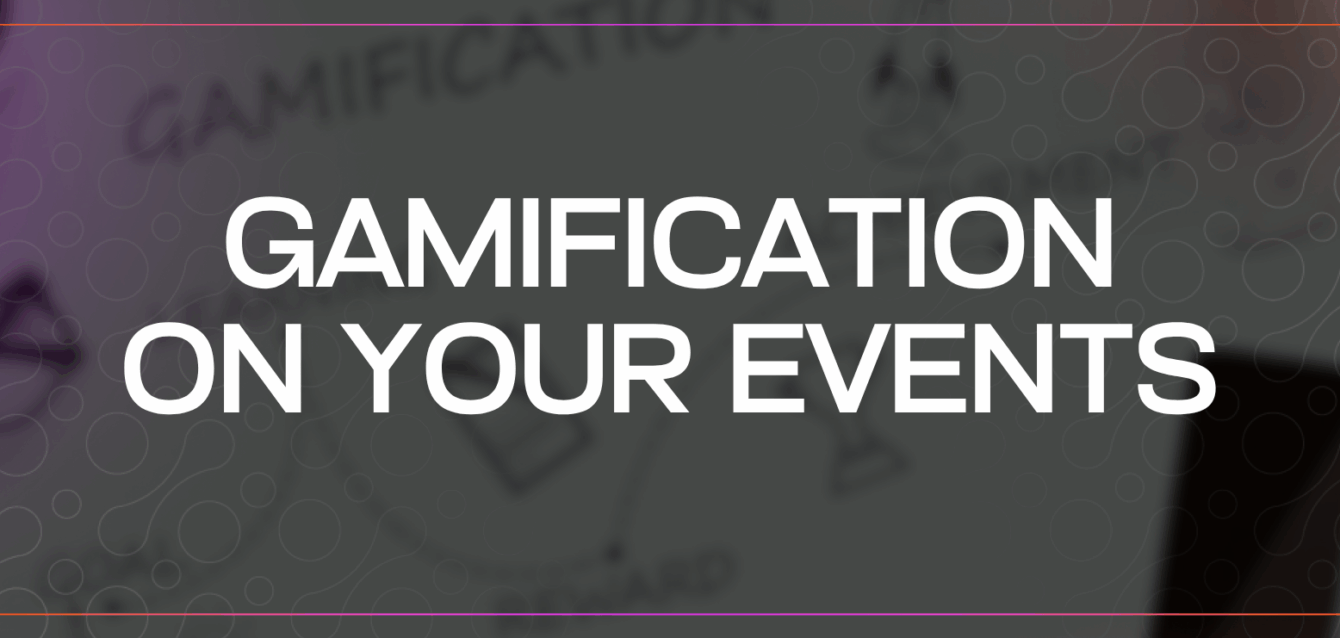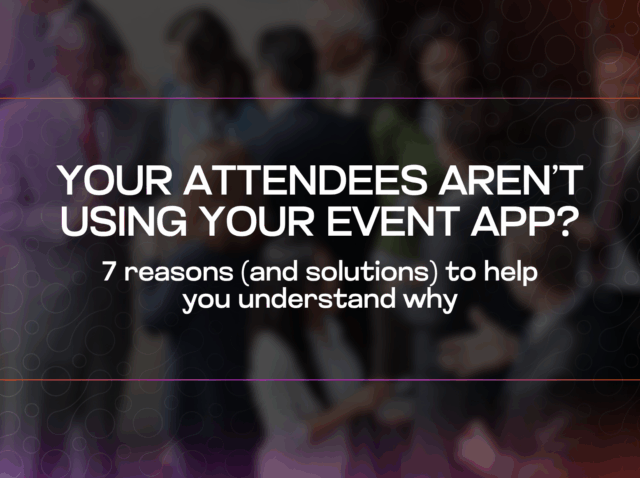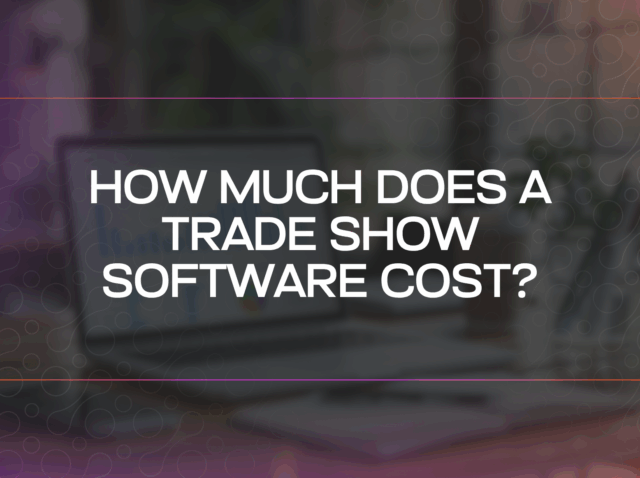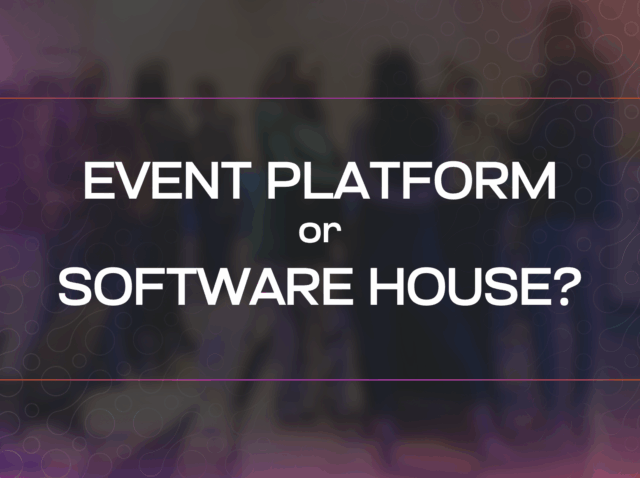In today’s marketing world, and especially in the event industry, gamification on your events is becoming increasingly popular. This approach, which integrates game mechanics into non-gaming contexts, is particularly effective in hybrid and fully digital events.
Event organizers who use gamification aim to boost audience engagement, attract new leads or potential customers, and, ultimately, achieve their event goals. However, if poorly planned, gamification can have the opposite effect — leaving attendees uninterested or, worse, damaging relationships with sponsors, exhibitors, or clients.
To make sure you get it right, let’s break down what gamification really means and how to successfully integrate it into your events.
What Is Gamification?
Gamification applies principles of game design — such as challenges, rewards, and competition — to non-gaming environments. Its purpose is to engage users, motivate participation, and make experiences more memorable.
When implemented correctly, gamification on your events can deliver numerous benefits:
- Boost attendee engagement and enjoyment
- Increase traffic and event attendance
- Encourage valuable networking and meaningful connections
- Generate qualified leads
- Strengthen brand awareness and loyalty
- Gather audience insights and satisfaction data
- Motivate teams and staff
- Improve overall results and performance
Essentially, gamification has two main goals:
- Spark interest in your event’s message
- Motivate measurable, active participation
Key Game Mechanics to Include in Your Event
Depending on your goals, audience, and event format, you can use different types of gamification mechanics. Here are some of the most effective ones:
- Levels and progression milestones
- Progress bars
- Unlockable content or features
- Challenges and leaderboards
- Points and rewards (e.g., digital badges or collectibles)
- Final prizes such as exclusive content access, sponsor giveaways, or discount vouchers
These elements can be easily integrated into your event app or platform to make the experience more interactive and rewarding.
How to Implement Gamification Effectively
To make gamification on your events successful, you need a structured approach. Follow these key steps:
1. Define Your Goals
Clarify what behaviors you want to encourage and what results you expect to achieve.
2. Know Your Audience
Gamification design must be user-centered. Understand what motivates your participants and what drives their actions. Once you know their mindset, you can create a reward system that fits their interests and engagement style.
3. Choose the Right Game Mechanics
Select the most suitable tools for your event type and audience. Use elements such as badges, points, leaderboards, and challenges strategically across different event stages to keep interest high.
4. Measure and Improve
Collect data and feedback to analyze your gamified activities. Track engagement rates, participation levels, and satisfaction metrics to identify what works and improve future editions.
You should also consider budget and technology. Choosing an all-in-one event app like LetzFair can simplify implementation, reduce costs, and allow you to manage all aspects of your event — including gamification — from a single platform.
Designing Activities Around the “Flow State”
When planning your gamified activities, consider the “flow state” — a mental state where a person is fully immersed and focused on an activity. Reaching this state enhances user experience, engagement, and satisfaction.
Here’s how to use the flow framework effectively:
- Balance the level of difficulty with players’ skills to prevent boredom or frustration.
- Provide real-time feedback to participants during activities.
- Design missions using motivational psychology to encourage participants to keep progressing toward their goals.
A Successful Example: The Case of FantaSanremo
A striking example of gamification success is FantaSanremo, a fantasy game launched in 2021 alongside Italy’s iconic Festival di Sanremo.
Although not directly created by the TV show’s organizers, FantaSanremo allowed fans to build virtual teams of artists competing in the festival. Players earned or lost points based on each artist’s actions during the live episodes, and they could even create private leagues to challenge friends and colleagues.
The results were outstanding: over 50,000 teams were created in its first year, and by 2024, that number had grown to more than 4 million.
The gamification strategy didn’t just boost engagement among fans — it also significantly increased social media visibility for both artists and the festival itself. Artists gained hundreds of thousands of new followers, while the festival’s online interactions exceeded 3 million, with audience share reaching over 65%.
This case shows how gamification can transform even traditional events into dynamic, interactive experiences that generate excitement and loyalty.
Why You Should Use Gamification on Your Events
Gamification isn’t just a trend — it’s a powerful tool to boost engagement, increase attendee satisfaction, and strengthen brand relationships.
Whether you apply it as a secondary feature or as a core part of your event, gamification can help turn passive attendees into active participants and transform your event into a memorable experience.
Want to learn more about how LetzFair can support you in implementing gamification on your events?
Subscribe to our official newsletter and stay updated on the latest event engagement solutions!









